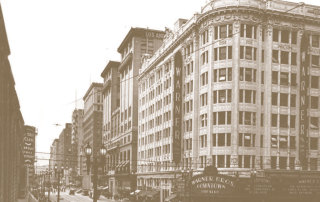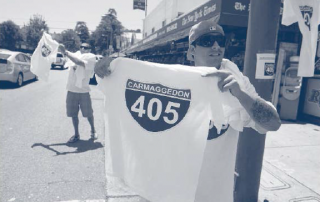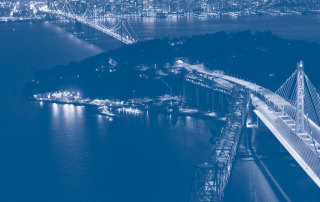ACCESS 44, Spring 2014
Introduction: Shedding Weight
John A. Mathews
You probably have an extra pen in your car, or a discount card for a coffee shop you’ll never go to again. Maybe you have a Swiss army knife, or two, just in case it’s the end of the world and one isn’t enough. We constantly add extra weight to our travels just in case we might need something. The booming self-storage industry shows just how hard it is for us to let things go.







